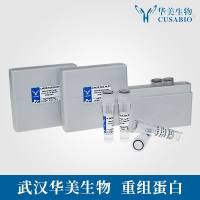Whole genes, plasmids, and even viral genomes can be assembled from relatively short, synthetic, overlapping oligodeoxyribonucleotides (oligos) by DNA polymerase extension (
1 ,
2 ). Once the initial investment in a set of oligos spanning the length of a gene has been made, a mutation can be generated easily at any point in the gene merely by replacing two oligos and reassembling the gene. Swapping out the oligos encoding one or more amino acid residues (and their complementary overlapping oligos) with new degenerate oligos allows for libraries of mutants (
see Fig. 1 ) (
3 ). By this method, multiple positions can be targeted in a single step with no limitations on their proximity, and every targeted position is guaranteed to be mutated in the product. Diversity is generated entirely in vitro, and the protocol, involving two rounds of PCR with no gel purifications, can be accomplished easily in less than one day, followed by cloning as one would for a traditional PCR product.
Fig. 1. Schematic of gene assembly mutagenesis. A population of gene variants is assembled from short oligonucleotides encoding both strands of the gene and containing degenerate bases at the targeted positions (shown in bold). Following assembly PCR, the full length gene variants are amplified using the outside primers.








